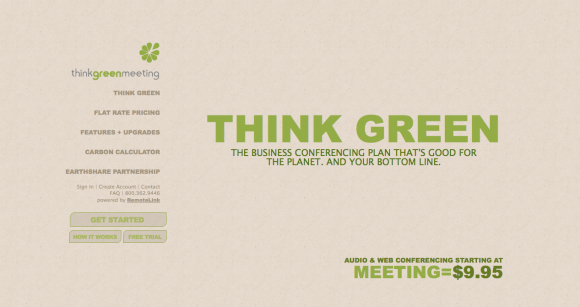Web Advice
+message for myself
Before taking Introduction to Web Design, I was already intimated by the thought of having to actually make a website. However, I didn’t think designing for it would be too difficult, as we had all made Photoshop comps in previous classes for potential websites. Well, I was wrong. I quickly learned that websites required a deeper understanding on how they are made, so that you can properly design for them. In print, you have more flexibility with imagery and graphics rather than web. You can make really awesome sites using animations, JQuery, or even just the right design, but you need to know what is possible and what isn’t. This is the biggest thing I learned in the last two web classes. Now as I look back to my previous website comps for older classes such as Intro, and Corporate I.D., I realize how I could have made a better website using techniques I learned in my web design classes. As far as the technical side goes, I would have to tell myself to really keep up with the new lessons, by writing them out clearly in my notes, and making up my own examples to practice with. Oh and of course, I would have to warn myself that math was coming back into my life, and to just embrace it. Shown here is a little taste of my reactions once we started coding and figuring out navigation, floats, and responsive/fluid designs.
+advice for future webbies
There are a few things that may help future students planning on taking web classes. At first, syntax may look like another language, but if you give it a chance, it really does make sense in the long run. You have to keep an open mind and believe that you can make a website, even if you aren’t so into the technical side of things. It’s always a good idea to read and practice the lessons that will be covered in upcoming exercises, so you can give yourself time to fix any issues. This brings me to my next tip, you have to realize, something will ALWAYS go wrong. So be prepared, make time and plan ahead, and don’t freak out. If you keep validating throughout your assignments, it will help you keep on top of the site to make sure nothing is set up incorrectly. When there is an error, you can usually find it pretty easily. You have to watch out for typos, and unclosed brackets! Also, firebug, can be your best friend! When I started introduction to web, I really never used it in the way I should have. I then realized in advanced web, that you can actually type in different values and numbers and test out the site, as it would render. You can usually find why something isn’t working with firebug as well.
When it comes to design, usability is one of the essential aspects of web design today. Because there are so many different devices and platforms out there, it is crucial to keep in mind how your design with show on a desktop, versus a smart phone. My advice is to check out sites such as this one, 60 Examples of Responsive Design. These blogs will help you understand how responsive design is now a key element to web success. Even if you don’t understand the technical side yet, you can see what is possible visually. Pay attention to how the screen and elements change once the browser is re-sized. Also, there are often times where one-page websites are appropriate. These links, One Page Love, Designerfix, and InstantShift shows some really cool examples or what can be accomplished. Here are two examples shown below of the difference between a one page vertical site, and a one page horizontal site. Check them out!







































































